Alokananda Chakraborty in New Delhi
The Asha series, positioned as a cross between a feature and smart phone, bridges a big gap in Nokia's portfolio
Nokia India started the year 2012 on the backfoot.
While it stays firmly ensconced in the No 1 slot in the mobile handsets market in India with a little over 38 per cent share in 2011, its dominance was under pressure.
The company's overall share was sliding -- its market share stood at 49.3 per cent in 2010 -- and Korean competitor Samsung had dislodged it from the top slot in the aspirational smart phone segment in November 2011.
. . .
Nokia's hopes ride on Asha
Image: Nokia President and CEO Stephen Elop.In fact, late entrant Samsung's growth in India has been startling and a big reason for worry for the world's largest hand phone manufacturer.
According to the figures from a Voice & Data study, Samsung posted a growth of 21.7 per cent to register revenues of Rs 5,720 crore (Rs 57.2 billion) in 2010-11 from India (up from Rs 4,700 crore (Rs 47 billion) in the previous fiscal, while Nokia showed flat growth, with revenues of Rs 12,929 crore (Rs 129.29 billion) in 2010-11 from the country, compared to Rs 12,900 in the previous fiscal.
. . .
Nokia's hopes ride on Asha
Against this background, the Finnish company launched the Asha series of phones in India earlier this year.
What makes this launch so important is the brand's positioning and the time of launch.
Priced between Rs 4,000 and Rs 6,000, the Asha series is positioned as a cross between a feature and smart phone.
Till now, Nokia's smart phone range started from Rs 11,000.
Compare this with Samsung: Smart phones in its portfolio started at Rs 7,360 and went all the way up to Rs 38,290.
. . .
Nokia's hopes ride on Asha
Seen against this, it becomes clear the Asha range (two variants, Asha 200 and Asha 300, are currently available in the market, and a third, Asha 303, is expected soon) is aimed to bridge a huge gap in Nokia's range.
Now look at the timing: The first Asha hit stores in January this year, within two months of Nokia relinquishing its leadership position in smart phones to Samsung last November, and a month after the first Windows-based Lumia phone from Nokia was shipped to India in December 2011.
Interestingly, the whole razzmatazz around the Lumia launch overshadowed the arrival of Asha.
. . .
Nokia's hopes ride on Asha
But don't get it wrong: Asha happens to be a key cog in Nokia's comeback plan in the country.
Remember that India, accounting for approximately 12 per cent of worldwide sales, is an important market for device manufacturers, with aspirations to grow their global market share.
"Asha encapsulates the whole global brand philosophy of Nokia," says Viral Oza, director, marketing, Nokia India.
"And this philosophy rests essentially on two pillars: one, that of massifying the benefits of mobile technology.
. . .
Nokia's hopes ride on Asha
"And two, offering relevant innovations to consumers so that they can enjoy the full benefits of technology."
This has been the cornerstone of Nokia's strategy in the country, which meant it has a strong presence in the Rs 2,000-to-Rs 20,000 price band.
Nokia has made a big push this year for the emerging markets or what the company has billed "The Next Billion".
This, in a way, is an extension of the company's long standing vision of 'Connected People'," adds Oza.
The Next Billion will be connected to the net via a whole range of phones -- from the super low-end Nokia 100s to the touch screen, full qwerty keyboard Asha.
. . .
Nokia's hopes ride on Asha
With features like dual sim, flashlight, and batteries that last weeks on stand-by, Nokia wants to remain the best choice for first-time cell phone users -- whether they want a phone that satisfies the most basic need (voice and text) or is simply 'smarter than the rest at a certain price point'.
The Next Billion, Oza says, will come not just from the pipe connect that a handset provides, but from providing the user with the ecosystem to connect using data, and this data usage will not be confined to those carrying costly handsets.
. . .
Nokia's hopes ride on Asha
"Remember for a huge chunk of India's population the mobile will be the first point of entry to the world wide web," says Oza.
His optimism isn't misplaced.
Currently, there are 55 million PCs in India against over 100 million GPRS enabled phones.
"The industry may define a smart phone on a certain parameter -- say the operating platform -- but for us a phone is smart if it offers a set of benefits to the consumer," says Oza, while explaining the philosophy behind the Asha series.
. . .
Nokia's hopes ride on Asha
Offering an example of how the Asha series was designed to give smart phone experience at an affordable price, Oza says the range will have Nokia's cloud-accelerated Nokia Browser, which claims to provide a fast and affordable internet experience.
In addition to its speed, the browser compresses data traffic up to 90 per cent, which will reduce data cost for the user.
It is already available for download on many Nokia devices.
"What we asked ourselves is what are the things we can offer the user that they can enjoy with a Rs 30,000 handset," says Oza.
. . .
Nokia's hopes ride on Asha
"Of course, the user experience will be slightly different but the entire suite of offerings is comparable to any of the smart phones and better than anything any other brand offers at that price."
So why was the launch of Asha muted, at least compared with the hullabaloo around the Lumia?
Well, the Lumia is a whole new religion, says the company, and adds that the entire communication plan around the Asha will unfold on television during the upcoming Indian Premier League cricket series.
"The communication plan is as big as any big Nokia launch and the budget as high," adds Oza.
As high as the stakes involved, may we ask.

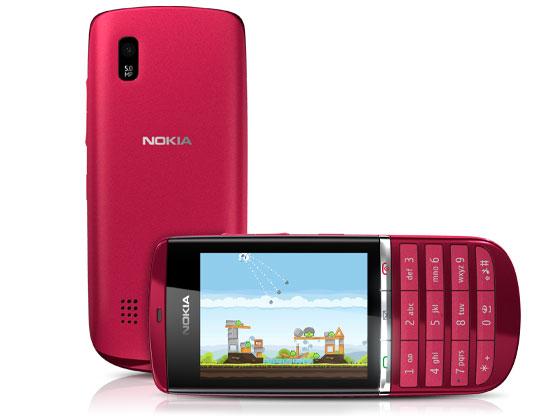

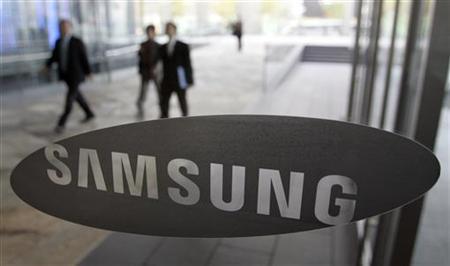
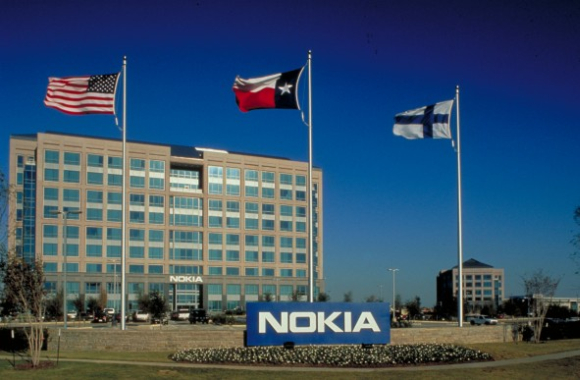
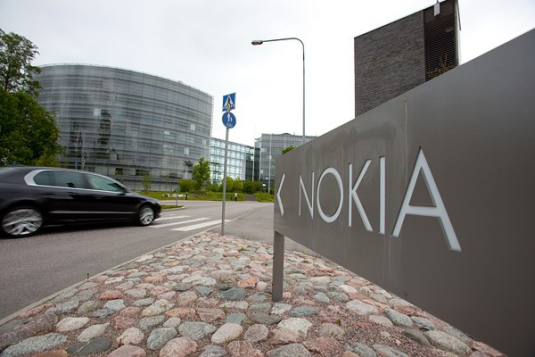


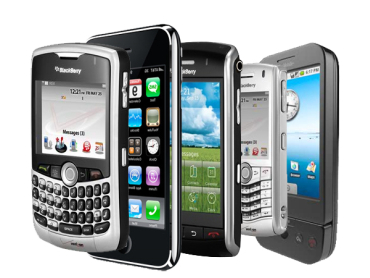

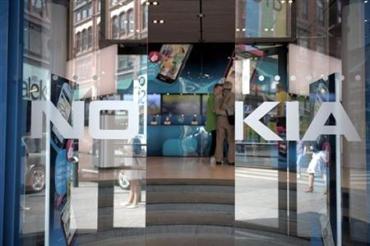

article